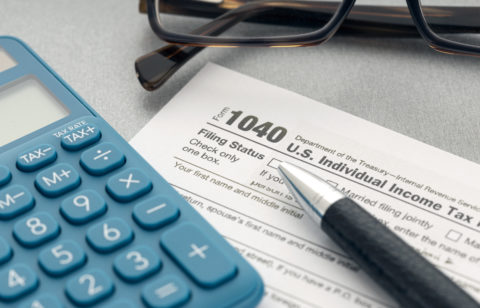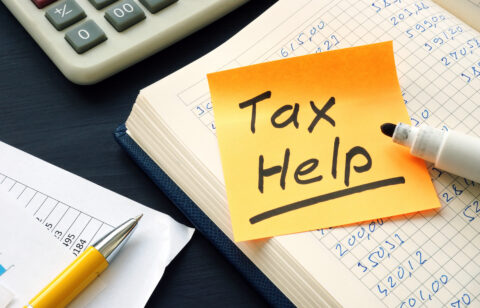Remote work has become a lasting part of the way people earn a living. According to the U.S. Census Bureau, the share of workers primarily working from home tripled from about 6% in 2019 to nearly 18% in 2021. While that number declined to about 14% in 2023, it still remains more than double pre-pandemic levels. Other surveys suggest that many jobs continue to include some remote work, with the Bureau of Labor Statistics reporting that more than one in five workers teleworked in 2024, either part-time or full-time.
For self-employed workers, this shift has raised an important question: can you claim a tax deduction for your home office?
Who Can Claim Work From Home Tax Deductions
Not everyone who works remotely can deduct home office expenses. The rules depend on your employment status.
- Self-employed workers may qualify to deduct part of their home if it is used regularly and exclusively for business. The space does not need to be an entire room—something as small as a dedicated desk in the corner may meet IRS requirements, as long as it is used only for work.
- Employees who receive a W-2 generally cannot deduct home office expenses, even if they work remotely full-time.
- Those with both self-employment income and W-2 income may still be able to claim a home office deduction, but only for the portion of their expenses directly related to their self-employment activities.
Expenses That May Qualify
If you’re self-employed and meet the eligibility rules, several types of costs may count toward a home office deduction. The key requirement is that expenses must be directly tied to your business use of the home.
Examples include:
- A portion of mortgage interest or rent
- A portion of utilities such as electricity, gas, or water
- Homeowners or renters insurance
- Repairs and maintenance related to the workspace
- Office furniture and equipment such as a desk, chair, printer, or filing cabinet
- Technology costs like a business internet connection or a Wi-Fi router upgrade
The IRS requires that expenses be split between business and personal use when applicable. For instance, if your internet is used for both personal and work purposes, only the portion used for business can be deducted. Keeping records or receipts makes it easier to justify these expenses if ever questioned.
How to Claim Work From Home Tax Deductions
If you qualify for the home office deduction, you’ll need to report it when filing your taxes. Self-employed individuals generally use Schedule C (Profit or Loss From Business) to list business income and expenses. The IRS also provides Form 8829 (Expenses for Business Use of Your Home), which can help calculate and document the deduction.
To make the process smoother, many self-employed workers keep a separate bank account for business income and expenses. While not required, this can make it easier to track deductible costs and avoid mixing business and personal spending.
It’s also important to keep good records. Receipts, invoices, and utility bills can all serve as documentation if the IRS requests proof of your deductions.
How to Calculate Your Deduction
The IRS offers two methods for figuring out the home office deduction. Which one you use depends on how detailed you want to be and how much you may be eligible to claim.
- Simplified method: You can deduct $5 per square foot of your home office space, up to a maximum of 300 square feet. This method is straightforward but caps the deduction at $1,500.
- Regular method: This involves calculating the percentage of your home used for business. For example, if your office is 10% of your home’s square footage, you may be able to deduct 10% of certain costs, like mortgage interest, rent, utilities, insurance, and maintenance.
While the regular method may allow for larger deductions, it is more complex and may have implications if you later sell your home. The simplified method is easier but does not allow unused expenses to be carried forward to future tax years. With the regular method, expenses that exceed your business income in a given year may be carried forward.
No matter which method you choose, the deduction cannot be larger than the net income from your business for that year.
Key Takeaways
- Only self-employed individuals generally qualify for work from home tax deductions.
- The workspace must be used regularly and exclusively for business.
- Eligible expenses may include a share of housing costs, utilities, insurance, and business-related equipment.
- You can choose between the simplified method (flat rate per square foot) or the regular method (percentage of actual expenses).
- Keeping clear records makes it easier to calculate and support your deduction.
Remember, these are general guidelines. Tax rules can be complex, and what applies to one person may not apply to another. If you’re unsure how the home office deduction fits into your situation, consider talking with a qualified tax professional.









